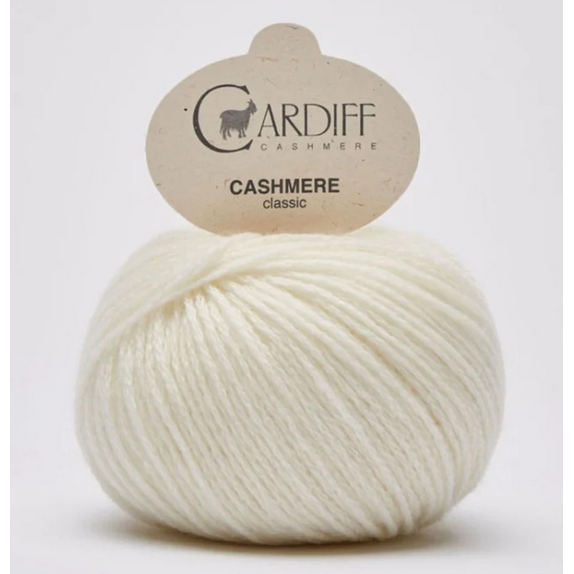The Exciting World of cashmere: Understanding Its Composition and Uses
The Exciting World of cashmere: Understanding Its Composition and Uses
Blog Article
Checking Out the Different Types of Cashmere a Natural Fiber for Ultimate High-end
Cashmere, an all-natural fiber, is typically associated with high-end and convenience. The much more cost effective Chinese cashmere, the standard Scottish version, and the premium Italian mix, all inform a various tale of this exceptional fiber.
Recognizing the Lavish Nature of Cashmere
Cashmere, frequently linked with high-end and comfort, holds an one-of-a-kind appeal in the globe of all-natural fibers. Unlike various other natural fibers, cashmere combines insulation with breathability, offering exceptional convenience across varying temperature levels. Its shiny coating and soft appearance add to its high-end allure, warranting the premium rate that typically comes with cashmere garments.
Just What Is Cashmere and Where Does It Come From?

Offered these outstanding qualities, one may wonder regarding the beginning and make-up of this elegant fiber. Cashmere is originated from the soft undercoat of cashmere goats, primarily discovered in Mongolia, China, Iran, and Afghanistan - is cashmere a natural fiber. These goats are adapted to severe weather problems, producing a very great, soft underfur as a defense against the bitter cold. This underfur, or undercoat, is what is gathered for cashmere. Each springtime, when the goats naturally dropped their winter coat, farmers comb out the great underhair, leaving the coarser hair behind. This meticulous procedure adds to the deficiency and high expense of cashmere. With its beginning in the rough landscapes of Asia, cashmere is a testament to nature's ability to create high-end from difficulty.
Deciphering the Different Sorts Of Cashmere
Recognizing the various kinds of cashmere is vital to valuing the quality and distinct features of this elegant fabric. Typically, cashmere is categorized into three types: raw, virgin, and recycled. Raw cashmere is directly obtained from the goat and is unprocessed. This kind often consists of contaminations such as dust and rugged hair. Virgin cashmere, on the other hand, is the pure, unrecycled material that is rotated right into thread for the very first time. It is the softest and most glamorous. Recycled cashmere is made from virgin material that has been previously utilized. It is re-spun and made use of in generating lower-cost cashmere items. Deciphering these kinds is the initial step in recognizing the exclusivity and value of cashmere.

The Distinct Features of Each Kind Of Cashmere
Having explored the different groups of cashmere, it ends up being noticeable that each type flaunts its unique set of qualities. Mongolian cashmere, for instance, is renowned for its premium top quality, as a result of Mongolia's rough wintertimes that create longer and finer fibers. On the other hand, Chinese cashmere is usually much more budget-friendly, though its shorter fibers can lower longevity. Scottish cashmere is commemorated for its elegant soft qualities, an outcome of the traditional water washing procedure making use of Scotland's soft water. Italian cashmere, at the same time, is renowned for its skillful blending and tinting methods, making it dynamic and versatile. Finally, Indian cashmere, also referred to as Pashmina, is cherished for its amazing lightness and heat. Each type, hence, adds to the fabric's reputation for deluxe.
Why Cashmere Is the Epitome of High-end in vogue
Cashmere holds a well-regarded position worldwide of style, considered as a symbol of deluxe and sophistication. Its appeal is not simply in its softness and heat, yet also in its rarity and the careful procedure associated with its procurement. Cashmere is stemmed from the great undercoat of Himalayan goats, known for their remarkable top quality fiber. The scarcity of this fiber, combined with the labor-intensive procedure of collection, adds to its high price and exclusive condition. In addition, cashmere's exceptional convenience and durability make it a popular material in the production of premium garments. Its natural lightweight and protecting homes include to its charm, making it the embodiment of deluxe in style.
The Refine of Making Cashmere: From Goat to Garment
The journey of cashmere, from being an undercoat of a Himalayan goat to a luxurious garment, is a detailed one. This mix is then painstakingly separated, with only the soft down used for cashmere. From goat to garment, cashmere each action is a testimony to the ability, artistry and persistence involved in crafting cashmere.

Final Thought
To conclude, cashmere, with its natural beauty and exceptional comfort, rules supreme worldwide of high-end fashion. The diversity in types, ranging from the soft Mongolian, lightweight Indian Pashmina, economical Chinese, conventional Scottish, to the colorful Italian, discloses the flexibility of this all-natural fiber. The scrupulous process of changing it from a goat to a garment better contributes to its exclusivity, making cashmere the embodiment of refinement and high-end.
Cashmere, a natural fiber, is often linked with high-end and convenience (is cashmere a natural fiber).Cashmere, commonly associated with deluxe and comfort, holds an one-of-a-kind appeal in the world of all-natural fibers. Unlike other all-natural fibers, cashmere combines insulation with breathability, providing unparalleled convenience across differing temperatures. Cashmere is acquired from the soft undercoat of cashmere goats, mainly found in Mongolia, China, Iran, and Afghanistan. Cashmere is acquired from the fine undercoat of Himalayan goats, recognized for their exceptional top quality fiber
Report this page